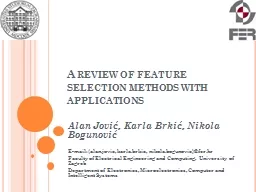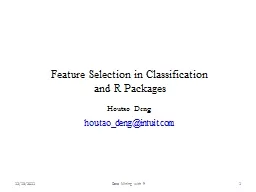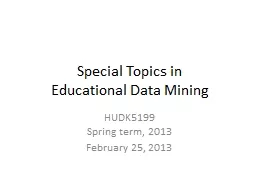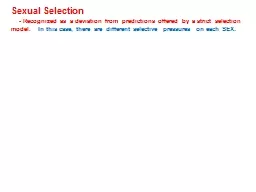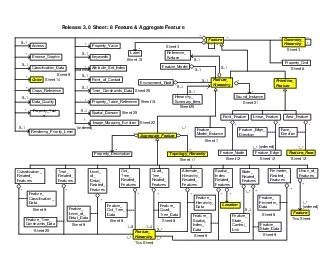PPT-Feature Selection Topics
Author : serenemain | Published Date : 2020-06-15
Sergei V Gleyzer Data Science at the LHC Workshop Nov 9 2015 Outline Motivation What is Feature Selection Feature Selection Methods Recent work and ideas Caveats
Presentation Embed Code
Download Presentation
Download Presentation The PPT/PDF document "Feature Selection Topics" is the property of its rightful owner. Permission is granted to download and print the materials on this website for personal, non-commercial use only, and to display it on your personal computer provided you do not modify the materials and that you retain all copyright notices contained in the materials. By downloading content from our website, you accept the terms of this agreement.
Feature Selection Topics: Transcript
Download Rules Of Document
"Feature Selection Topics"The content belongs to its owner. You may download and print it for personal use, without modification, and keep all copyright notices. By downloading, you agree to these terms.
Related Documents







